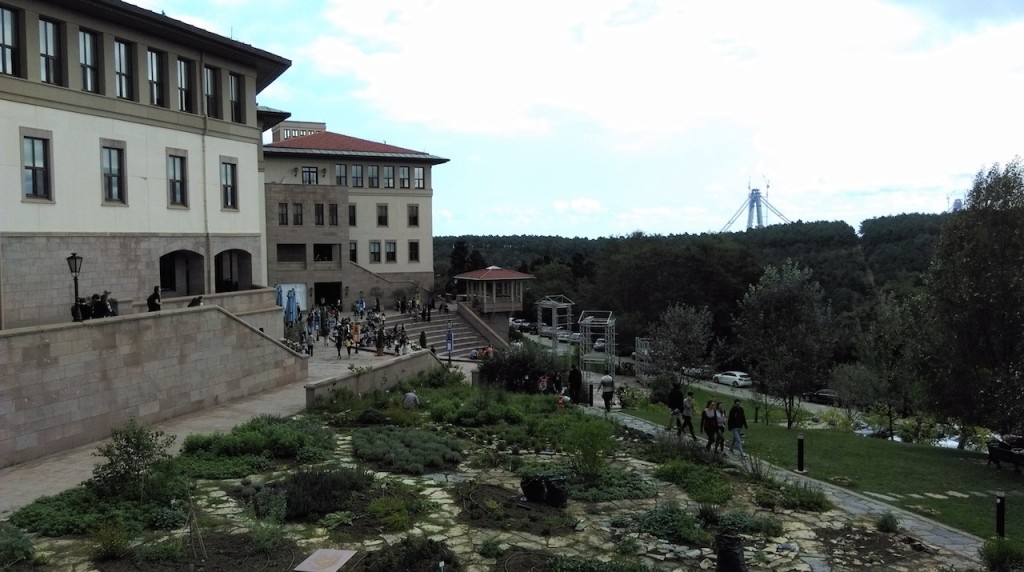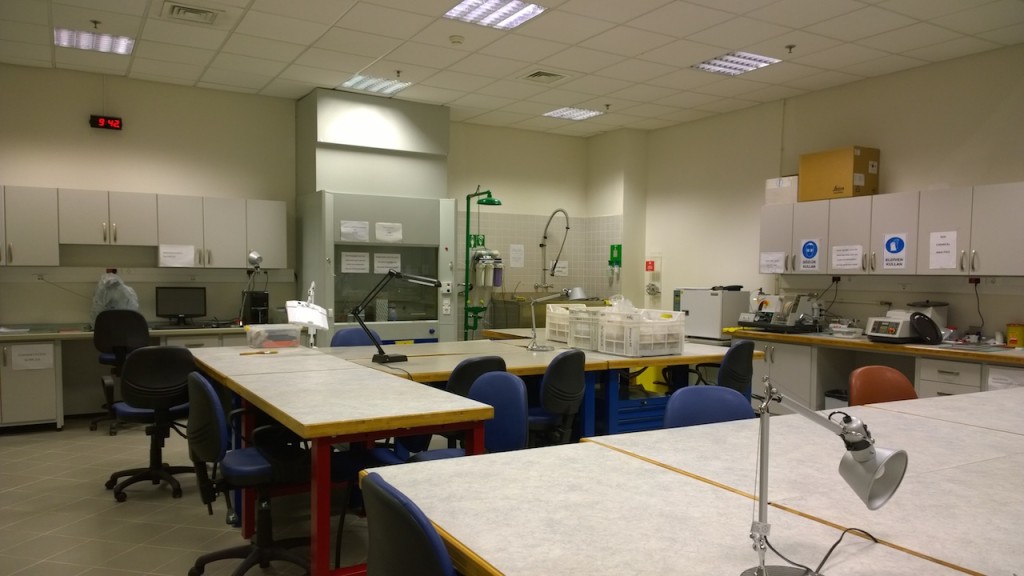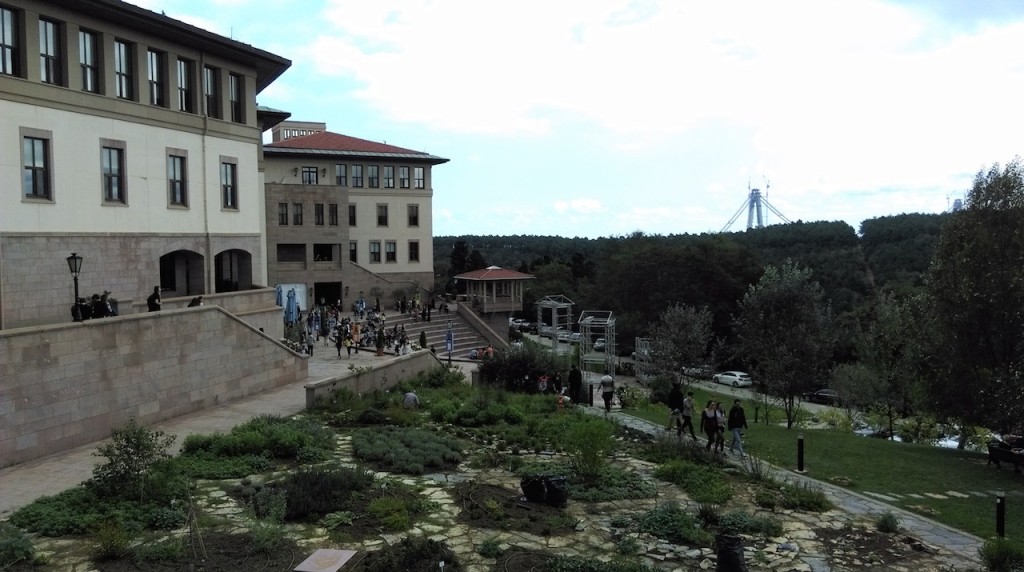Glorious Mud: Working with Mudbrick in the Archaeological Lab at Koç University
Jana Mokrisova
Although writing my dissertation is the primary purpose of my stay at the Research Center for Anatolian Civilizations (ANAMED), I have also had the opportunity to continue working with my field dataset – earthen architecture in Kaymakçı, including mudbrick. Once every week or two I make a trip to Koç University’s campus in Sarıyer, northern Istanbul, to work in the archaeological lab there. The “hike” up north presents a good opportunity for me to get away from the dynamic (but at times raucous) Istiklal Street. The campus is located in a forested but windy area, and at times it is difficult to believe than I am still in the same city.

A mixture of earth, water, and organic temper, mudbrick is a very versatile and popular building medium used as early as the Neolithic period in Mesopotamia and Anatolia (as early as 10,000 years ago!). At Kaymakçı, mudbricks were used for a variety of building purposes, and one of my aims is to reconstruct the logic of Bronze Age architecture. In order to do so, I describe the basic properties of mudbricks, such as color, shape, size, texture, character of inclusions, and hardness. I also note manufacture process and preservation. Furthermore, I am interested in seeing how communities at the site organized mudbrick production. By looking at diversity or similarity in mudbrick appearance and composition, I can assess if people selected the same source materials and additives and if they produced them using similar production steps. Interestingly, earthen materials were not limited to bricks – they were also used to cover roofs, as is suggested by this piece of daub.

The archaeological lab at Koç is a great environment for such an investigation, as it has all the necessary equipment and space for processing, as well as the support of dedicated staff.


